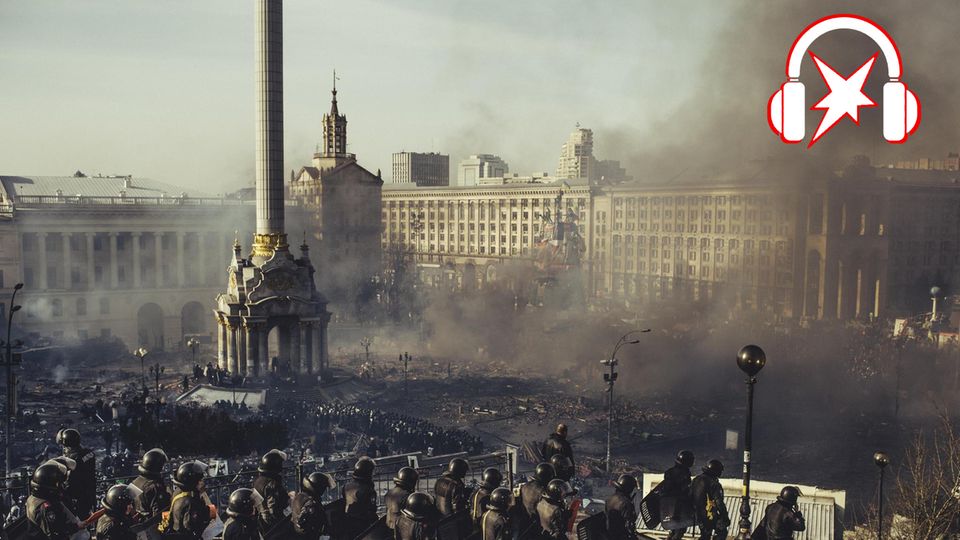Opinion
Wladimir Putin
The overestimated president: The Russian war economy lacks innovative strength
Vladimir Putin sits in a meeting on the implementation of the construction project for a high-speed railway connection between Moscow and St. Petersburg
© Kremlin Pool/Sputnik via AP / DPA
Many already treat Vladimir Putin like the victor of the war. In the end, however, industrial strength and innovation are decisive. And Ukraine can keep up with that.
These are days in which the dictator is reflected in the sun of his own power: the conquest of the city of Avdiivka, the murder of his hated opponent Alexei Navalny, the assassination attempt on a Russian defector in Spain, the inability of American politics to act, the depressive mood in the country camp of his opponents. And yet, in the end, Vladimir Putin’s propaganda successes do not determine the war that has been raging bloodily in Ukraine for two years now. Since the Second World War at the latest, the realization has been true: wars are won first on the factory floor and then on the battlefields. Industrial strength and technical innovation determine the combat effectiveness of armies.
This is not far off in Russia – even if Putin has managed to convert much of his economy to war production. The dictator owes his last successes on the front to North Korean grenades, Iranian drones, rocket components smuggled in via China – and above all to the deaths of his mercilessly burned soldiers. In the fighting over 30 square kilometers of terrain, 17,000 Russians and mercenaries died in four months in the Battle of Avdiivka alone, more than in ten years of Russian fighting in Afghanistan. Around 30,000 wounded ended up in the hospitals.
Vladimir Putin cannot compete with Western technology
In reality, Putin can do little to counter modern Western weapons. Taurus cruise missiles would be capable of destroying supply lines – particularly the Kerch Bridge, which connects Russia to the occupied Crimean peninsula. With a sufficient number of F-16 jets, with which Ukrainian pilots have been training for several months, Ukraine would for the first time have enough air support to conduct a ground offensive as a “combined arms battle,” as NATO operational doctrine has envisaged for decades. With the latest drone technology, Ukraine could offset the advantages of the enemy’s massive attack swarms. The big problem is that the West has either not supplied this military technology at all or in too small quantities.
Wherever the Ukrainians have developed innovative technology themselves, they are achieving success. This is particularly evident in the fight against the Russian Black Sea Fleet. With their innovative naval drones, the Ukrainians have been able to break the combat effectiveness of the Russian warships in recent months, drive the enemy’s units from the entire west of the Inland Sea and restart grain exports from Odessa and the other ports. This development is the best confirmation of the thesis that comes from former commander-in-chief Valeriy Zalushny: in the next phase of the war everything will focus on the question of who has better technology and who doesn’t.
Two years of war in Ukraine
Massacre in Butscha, the Battle of Bakhmut, the Wagner Uprising: A chronicle in pictures
The Ukrainians are now developing numerous weapons systems themselves because they do not want to rely solely on the support of their Western partners. This applies to long-range missiles or even to a technology that everyone is talking about these weeks: artificial intelligence. Everyone is talking about how Putin is gearing his entire economy towards war. But the Ukrainians don’t just do it, they do it better. There is no reason to write off Ukraine and overestimate Putin – especially not when the Europeans and especially the Americans are also recovering.


